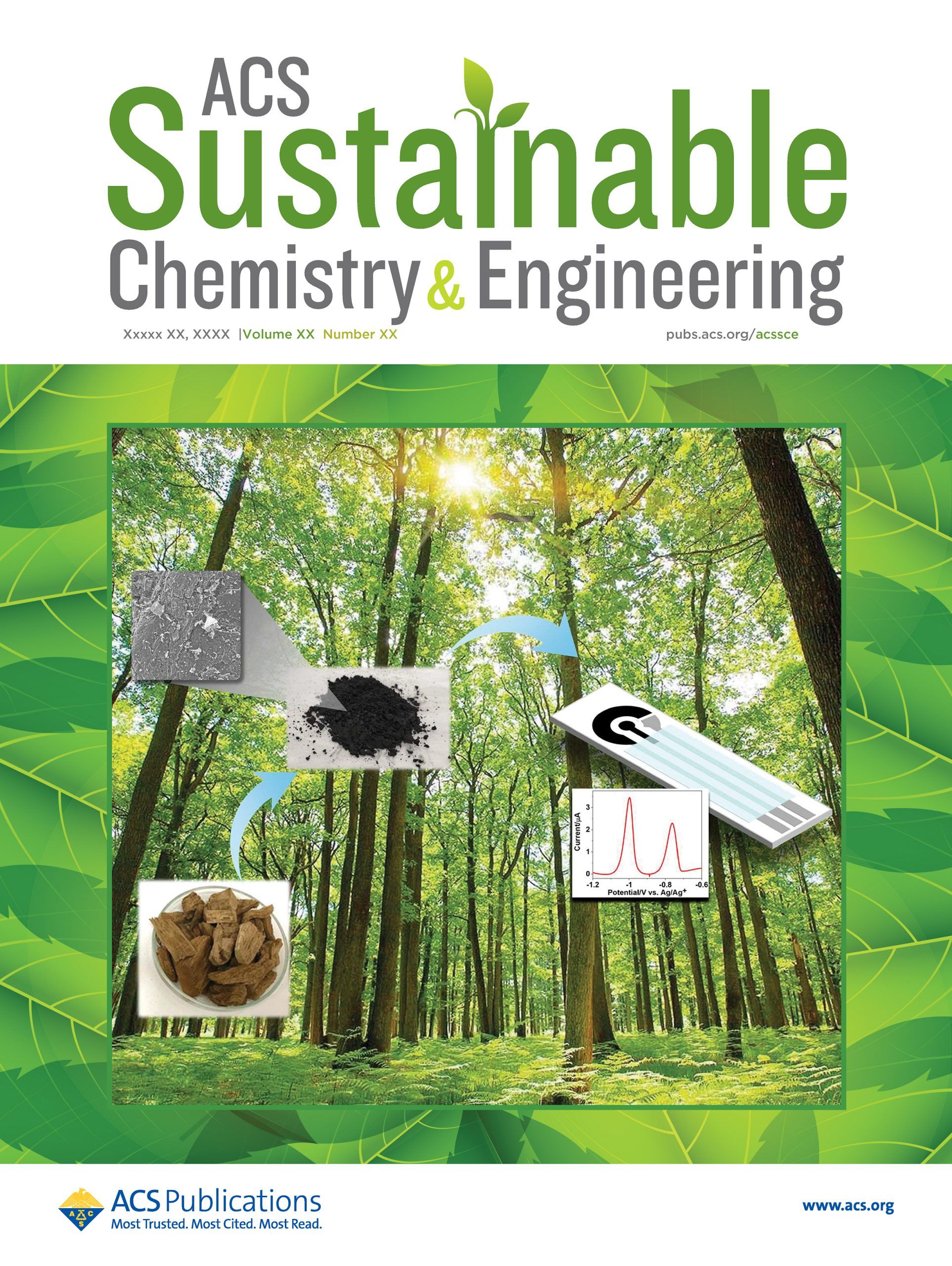
New article in ACS Sustainable Chemistry & Engineering!
The article “Unlocking the Potential of Wood Residues for Producing Screen-Printed Electrochemical Sensors” has been published in ACS Sustainable Chemistry & Engineering!
Former NN group member Wenchao Duan and his supervisor Martí Gich have published this interesting paper demostrating that wood waste can be used as feedstock for producing electrochemical sensors for water pollutant analysis. The use of biopolymers to produce carbon-based inks is currently being investigated in our group with the project Upcycling Organic Waste into Carbon-based Functional Inks for Environmental Sensing and Smart Textiles (UPCYCLING-NOW).
Abstract:
Biomass residues from forestry and wood manufacturing contain a high percentage of carbohydrates that can be upcycled to manufacture carbon-based materials of high added value in the context of the circular bioeconomy. This work reports the upscaling of pine, chestnut, and oak wood residues into functional conductive carbon materials applied to the manufacturing of electrochemical sensors. Studies carried out by thermogravimetry, Raman spectroscopy, nitrogen adsorption, and electrochemical measurements revealed a clear correlation between the biomass structure and the electrochemical performance of the resulting carbon material structure. The electrochemical response of the produced carbons appeared to be negatively affected by the wood hemicellulose content but positively correlated with the content of cellulose and lignin. Of the three tested wood wastes, chestnut-derived carbon exhibits the best electrochemical performance, being thus selected as the feedstock to fabricate screen-printed electrochemical devices. Batches of 120 screen-printed devices were prepared from 20 mL of carbon ink obtained from 60 g of chestnut wood wastes. The analytical performance of the fabricated devices was thoroughly assessed in solutions containing representative redox species. Then, devices were applied to the detection of heavy metals by well-known anodic stripping voltammetric detection schemes based on the electrodeposition of Bi or Sb onto the electrode surface. Some real water samples were analyzed in the lab, and the values obtained with the screen-printed device sensors are in good agreement with the reference values, within the error limits. These results demonstrate the potential of applying wood residue-derived carbon materials for the manufacturing of electrochemical sensor devices, looking at reducing the carbon footprint of these widespread analytical tools.
hemicellulose, Martí Gich, sensors, water pollutants, Wenchao Duan, wood

